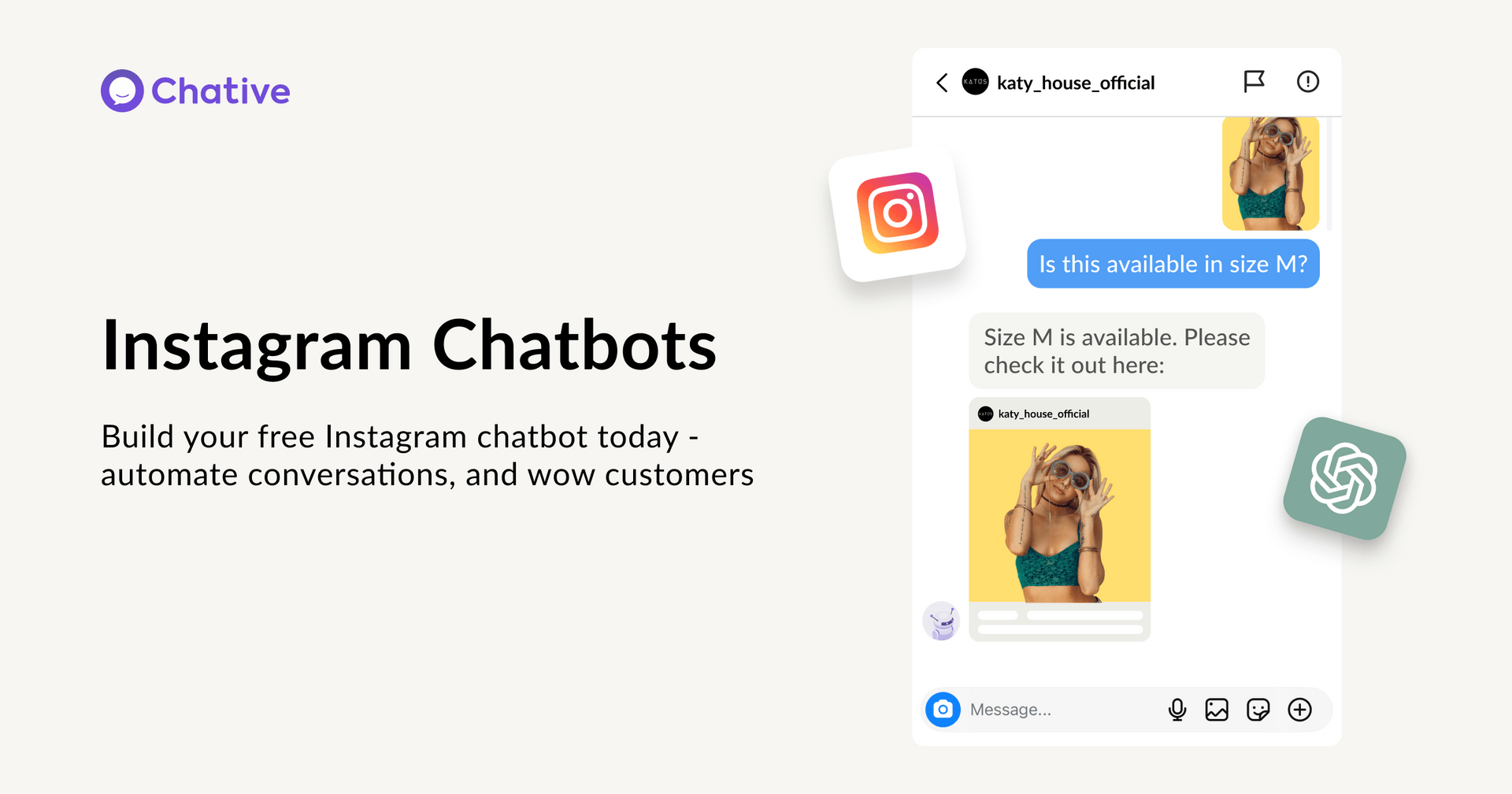7 Tips on Implementing Chat Service to Your Website – An Overview of Steps and Tools You’ll Need to Consider
E-commerce Tools - June 23, 2022 - 5 min

QUICK LINKS
Today’s consumers anticipate individualized, unified customer assistance across all channels from businesses. Often, individuals are engaged in another activity while attempting to obtain assistance from a service representative. And being on hold, hearing a piece of elevator music from the 1980s is simply not acceptable for them; they require immediate assistance from a real person.
Following the increase in smartphones and online discussion, this change in expectations is not surprising. As a result, customers are increasingly eager to communicate with businesses via live chat.
According to Allied Market Research, digital marketing trends indicate that by 2023 the global market for live chat software will reach $987 million. Many organizations have introduced technologies to automate their processes and increase their efficiency due to digitalization, which is one of the primary drivers of this growth.
Elements to effectively implement live chat
Introducing a live chat program is a significant undertaking. You want to facilitate a smooth deployment that does not disrupt your service. And you must equip your organization with the proper resources to produce an outstanding customer experience. Here are the seven steps you need to take for a successful live chat launch.
1. Plan your execution before going out live chat
Although it may be interesting to turn on live chat and see what occurs, organizing your deployment in advance is crucial. That means you must decide your launch schedule.
As part of this procedure, you must choose a tool to integrate live chat and measure and track consumer engagement. Selecting a solution that interfaces with existing systems are the best option.
Additionally, it is essential to emphasize the immediate nature of live chat. If you cannot ensure that someone will be accessible to respond immediately, avoid live chat for now. Instead, focus on optimizing email and other methods of help.
2. Choosing the best live chat platform
Customers anticipate prompt responses to their inquiries, and failure to meet this expectation might jeopardize your business.
Including the live chat software facilitates communication with your consumers. A live chat software enhances the customer experience and increases sales by converting visitors into purchasers. However, the best online support chat platform for your business is determined by your needs.
3. Design a robust user interface
The instant messaging widget is the face of your company for live chat users. Customers’ perceptions of you will be heavily influenced by their interactions with your teams. You require a chat widget that is both powerful and easy, feature-rich yet essential, and informal yet professional.
Live chat users want actual solutions with as minimal effort as possible. Keep your instant messaging interface simple as a rule of thumb. Facilitate A/B testing to determine what works and eliminate miscalculations. Finally, ensure that your live chat software is mobile-friendly. With mobile phones accounting for 50% of global online traffic, according to Statista, you can’t ignore the importance of mobile user experience.
3. Test as you go
If you’re a large firm with a high frequency of support requests, it’s critical to take your time with implementation and test as you go. You should evaluate some of the best live chat examples available and see which one can set up a “sandbox” or tiny testing area. Perhaps you limit live chat to a specific subset of clients or a single website.
After testing in your sandbox, you can start distributing live chat to diverse audiences. Take your time and keep evaluating along the way. The implementation of live chat will go well if the organization moves cautiously and tests.
Testing also includes asking agents about their live chat experiences, confirming that all third-party integrations are functioning correctly, ensuring that chat logs are saved in the correct location, and finishing procedures and rules.
4. Prepare and train team members
You want to make sure that team members are ready to respond and escalate issues appropriately. You also need your organization to recognize that a change is taking place. You are responsible for arranging internal communication to educate and onboard all teams.
You must have a good staffing schedule based on a reasonable study of support capacity. Comprehensive agent training is also required to ensure that your team understands how to use the channel. Finally, well-written live chat process flow, best practices, and escalation protocols are needed.
5. Establish consumer expectations
You don’t want clients to have a bad experience using live chat. You also don’t want your representatives to become exhausted or for conversations to go unanswered.
You must set clear expectations with your group, just as you must set expectations with your clients. This is particularly true if you will not be providing live chat 24/7 or if representatives may take a little longer to evaluate an issue. Put those alerts in place well in advance. To avoid misunderstanding, you might make live chat disappear as a help option during “off hours.” Your live chat operating hours could also be stated in your customer support section.
6. Constantly monitor performance
The work isn’t done once you’ve added live chat to your website. Live chat implementation is a continuous process. As you progress, you should check-in to ensure that live chat operates as expected.
This is the time to evaluate whether live chat genuinely accomplishes your objectives.
To monitor team performance effectively, preserve transcripts, and create files to record agent time and knowledge gained for future reference. One of the live chat best practices includes a post-conversation survey to collect comments on conversation quality, representative performance, and customer experience scores.
Road map of establishing a robust and intelligent chat service
The success of an online chat channel is determined by how well your live chat objectives and implementation are aligned. Chat as part of your support strategy is meant to benefit your clients, customer support agents, and business in unique ways.
If you search for some instant messaging software examples, you will get a lot of options. However, your clients require instant messaging software that provides timely responses. Your service agents need a channel that allows them to solve customer problems swiftly and efficiently. Then your company will gain from a powerful instant messaging software that doesn’t jeopardize service quality or budget.
Long-term, compassionate live chat interactions as one of the strategies to keep your customer engaged can assist the sales team in improving sales and conversion, providing your company with even more reason to celebrate. All of these are results of a successful implementation of live chat.
Related Posts
January 22, 2025
How To Add Product Recommendations In Shopify?
January 14, 2025
Run a High-Converting Holiday Flash Sale on Shopify in 2025
January 11, 2025
Transform Your Business with AI-Powered Cost Optimization
January 09, 2025
Create A Chatbot for Instagram for Free
January 01, 2025







